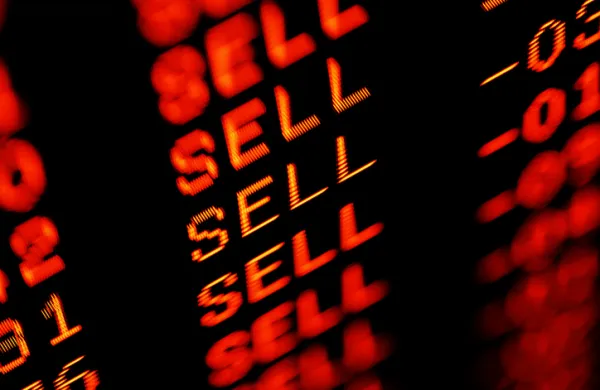Mark Thompson, chief investment officer at BP America, is retiring after 37 years of managing investments for the oil company and its predecessor Amoco, Institutional Investor has learned.
Thompson has served as CIO since 2015, when he took over the role from his long-time colleague Greg Williamson. He currently oversees about $22 billion in retirement, foundation, and other assets for BP. The company has not named a successor.
Thompson joined Amoco in 1980, after earning his MBA from Washington University in St. Louis. He moved into the Chicago-based oil company’s pension investment group three years later — and never left.
“Mark Thompson has been an invaluable part of BP’s (and heritage company Amoco’s) pension and foundation management, corporate finance, and HR benefits teams for over 35 years,” Williamson told Institutional Investor by email. “Mark has done it all well: investment allocation, portfolio construction, strategy implementation, performance analysis, risk management, data management, plan design, and governance.”
Over the years, Thompson has held roles across the investment group, including deputy CIO and treasurer of the BP Foundation. In the early 1990s at Amoco, Thompson was part of a 20-plus person investment team managing money in-house. “We were no longer just managing equities the traditional way,” Thompson said. He brought in Williamson in 1991, and the two began running “billions of dollars in derivative overlays,” Thompson said.
A few years before, Thompson and his colleagues had created “what is arguably the first broad-market portable alpha strategy,” according to Angelo Calvello, co-founder of Rosetta Analytics. Calvello was running product development at CME Group in the late 1980s when he discovered that Amoco was directly buying and selling S&P 500 futures. When he met with Thompson and his team, they asked Calvello to create more index futures for additional portable alpha strategies. By 1991, Amoco had seven portable alpha strategies, Calvello said.
“Mark has been in the vanguard of industry innovation,” he said.
[II Deep Dive: Why Is Portable Alpha Coming Back? Because It’s Working.]
Thompson said that one of his fondest — and “most intimidating” — memories from his career was doing a presentation on portable alpha to William Sharpe’s graduate finance class at Stanford. “If having to make a presentation to a Nobel laureate and Stanford grad students wasn’t enough, at lunch he invited the rest of the finance faculty to come as well,” Thompson recalled.
After the 1998 merger with BP, and ensuing merger with ARCO, the investment office shrunk to a low of around seven people, with Thompson and Williamson among those remaining. “That’s when we got into building strategic partnerships, because we didn’t have the staffing we had in the ’80s and ’90s,” Thompson said. Notable partners have included Pimco, which ran a strategy it co-built with BP for over a decade, and Voya, which has been managing a “multi-alpha multi-beta” strategy for BP since the mid-2000s.
Other things changed over the years: BP America’s 401(k) plan quadrupled in size, while the U.S. defined benefit plan — which is still open to employees using a cash balance formula — has stayed around $7.5 billion. “We, like others, have been moving toward a liability focus,” Thompson said. But the structure of the plan makes hedging “a little more challenging,” he added. “We could have liability payments of $35 million one month, and $300 million the next. The lack of predictability is the issue.”
After Williamson left for the American Red Cross Foundation in 2015, Thompson ascended to the CIO role, overseeing an investment team of 12 across the U.S. and U.K. offices. It is not yet clear how that team will be impacted by the ongoing restructuring at BP.
“The biggest thing for me when I look back is the job never got boring,” Thompson said. “I don’t think I ever stopped growing, because I don’t think you can in this business with the market always changing. The more you know, the more you need to learn.”







